
Matt Damon's
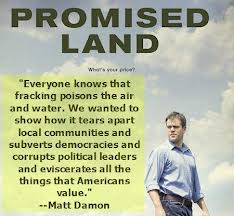
Study ties oil and gas production to Midwest quakes
USGS team says human activity
'Almost certainly' causing rise in minor seismic activity
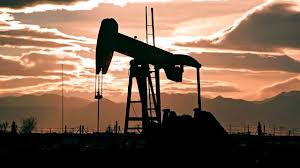
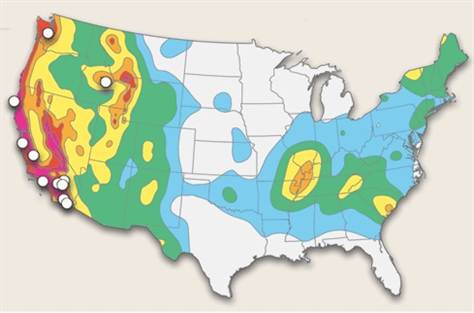

By Malcolm Ritter

The U.S. Geological Survey's national seismic hazard map indicates that many parts of the Central and Eastern United States have moderate to high long-term hazard, even though they have not experienced recent large quakes. The white circles indicate quakes of magnitude 6.5 or greater that have occurred since 1978.
NEW YORK — Oil and gas production may explain a sharp increase in small earthquakes in the nation's midsection, a new study from the U.S. Geological Survey suggests.
The rate has jumped six fold from the late 20th century through last year, the team reports, and the changes are "almost certainly man-made."
Outside experts were split in their opinions about the report, which is not yet published but is due to be presented at a meeting later this month.
The study said a relatively mild increase starting in 2001 comes from increased quake activity in a methane production area along the state line between Colorado and New Mexico. The increase began about the time that methane production began there, so there's a "clear possibility" of a link, says lead author William Ellsworth of the USGS.
The increase over the nation's midsection has gotten steeper since 2009, due to more quakes in a variety of oil and gas production areas, including some in Arkansas and Oklahoma, the researchers say.
Fracking at fault? Probably not it’s not clear how the earthquake rates might be related to oil and gas production, the study authors said. They note that others have linked earthquakes to injecting huge amounts of leftover wastewater deep into the earth.
There has been concern about potential earthquakes from a smaller-scale injection of fluids during a process known as hydraulic fracturing, or fracking, which is used to recover gas. But Ellsworth said Friday he is confident that fracking is not responsible for the earthquake trends his study found, based on prior studies.
The study covers a swath of the United States that lies roughly west of Ohio and east of Utah. It counted earthquakes of magnitude 3 and above.
Magnitude-3 quakes are mild, and may be felt by only a few people in the upper floors of buildings, or may cause parked cars to rock slightly. The biggest counted in the study was a magnitude-5.6 quake that hit Oklahoma last Nov. 5, damaging dozens of homes. Experts said it was too strong to be linked to oil and gas production.
The researchers reported that from 1970 to 2000, the region they studied averaged about 21 quakes a year. That rose to about 29 a year for 2001 through 2008, they wrote, and the three following years produced totals of 50, 87 and 134, respectively.
'We've seen this' in the West as well …The study results make sense and are probably due to human-made stress in the ground, said Rowena Lohman, a Cornell University geophysicist.
"The key thing to remember is, magnitude-3's are really small," Lohman said. "We've seen this sort of behavior in the western United States for a long time."
Usually, it's with geothermal energy, dams or prospecting. With magnitude-4 quakes, a person standing on top of them would at most feel like a sharp jolt, but mostly don't last long enough to be a problem for buildings, she said.
The idea is to understand how the human-made activity triggers quakes, she said. One possibility is that the injected fluids change the friction and stickiness of minerals on fault lines. Another concept is that they change the below-surface pressure because the fluid is trapped and builds, and then "sets off something that's about ready to go anyway," Lohman said.
But another expert was not convinced of a link to oil and gas operations.
Austin Holland, the Oklahoma state seismologist, said the new work presents an "interesting hypothesis" but that the increase in earthquake rates could simply be the result of natural processes.
Holland said clusters of quakes can occur naturally, and that scientists do not yet fully understand the natural cycles of seismic activity in the central United States. Comprehensive earthquake records for the region go back only a few decades, he said, while natural cycles stretch for tens of thousands of years. So too little is known to rule out natural processes for causing the increase, he said.
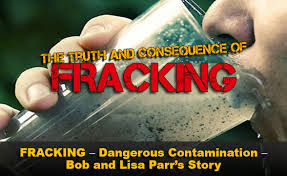
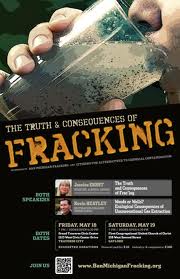
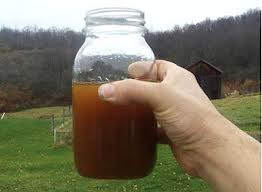
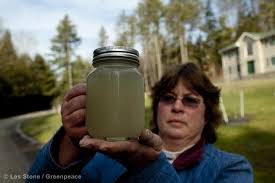
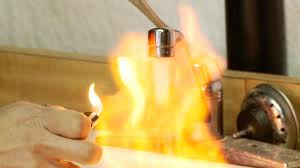
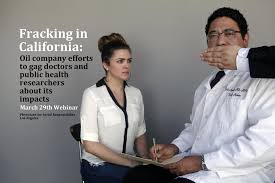
Matt Damon to star in,
'The Promised Land' anti-fracking movie
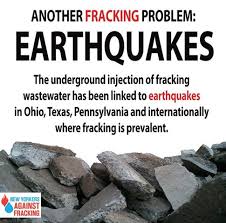

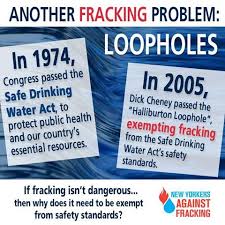
In addition to starring in it, Damon also co-wrote the film. | AP Photo
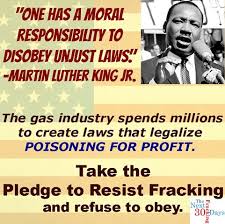
By TALIA BUFORD and ERICA MARTINSON | 4/5/12 5:36 PM EDT
Matt Damon will star in “The Promised Land,” an anti-fracking movie set to begin filming later this month.
WME Agency, which represents Damon, confirmed that the “Good Will Hunting” star has signed on to the movie and co-wrote the film, and that it is, indeed, about hydraulic fracturing — the controversial practice of pumping a mixture of sand, water and chemicals into a well to break up rock and help extract natural gas.
Damon’s publicity firm, Viewpoint Inc. and PR representatives from Focus Features, did not immediately respond to requests for comment from POLITICO.
The IMDB page for the movie offers few details of the plot, only that “a salesman experiences life-changing events after arriving in a small town.”
The project also boasts some other big names.
John Krasinski (“The Office”) and Rosemarie DeWitt (“Mad Men,” “United States of Tara”) have signed on to the film. Director Gus Van Sant, who shot “Good Will Hunting,” “Milk” and “Finding Forrester,” has signed on to direct the film, which is in pre-production, according to IMDB.
Filming is slated to begin in the Pittsburgh area later this month and run through early June, according to the Pittsburgh Film Office. The film is holding a casting call in Pittsburgh on Saturday to fill parts for “great character faces, farmer looks, senior citizens, baseball players, upscale men and women with formal wear, teens and kids.”
Movies about fracking have been springing up ever since the Josh Fox-directed film “Gasland,” catapulted the practice into the national spotlight. It was nominated for the Academy Award for best documentary feature in 2011.
News about the plot of “Promised Land” was posted Monday by the directors of “FrackNation” — a pro-fracking movie that is being funded through Kick starter.
“We want to make FrackNation because we want the truth about fracking to be told,” the directors wrote on the fundraising site. “But it will not be easy getting the message out with a sequel to 'Gasland' in the works and now a big budget Hollywood movie concentrating on scare stories rather than true stories. Now, we recognize Hollywood movies don't have to be truthful — they just have to be entertaining, but it's likely that PROMISED LAND will increase unfounded concerns about fracking.”
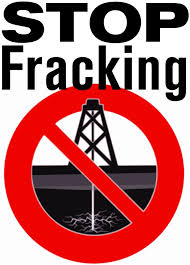 Rewritten and Designed by,
Rewritten and Designed by, 
Don L. Johnson
